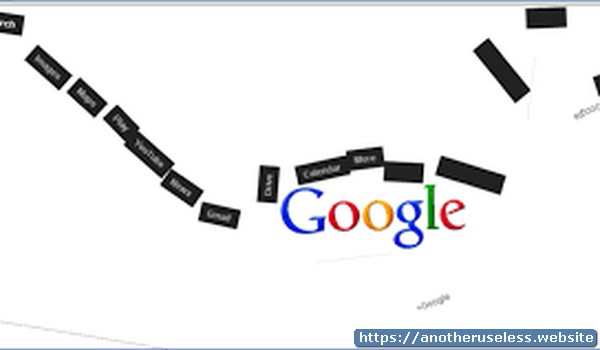


#Google no gravity update#
Step 2a: Update your SPF record to include all email senders In these steps, we’ve included a list of the most common contact forms providers, with links to their help documentation. SMTP relay, go to Step 2b: Verify your SMTP credentials at your provider.SPF, go to Step 2a: Update your SPF record to include all email senders.Most providers use either SPF or SMTP relay to authenticate these messages. Take these steps to identify and troubleshoot the authentication method for your form messages: Step 1: Check if your provider uses SPF or SMTP relayĬontact your form provider to find out what authentication method they use for contact form messages. Contact form messages are typically authenticated with either SPF or SMTP relay. Often, the root cause of this issue is how the contact form provider authenticates email. Sometimes, Gmail marks contact form messages as spam, or rejects the messages. Gmail delivers the message to the account that you set up to get contact form messages (C).Ĭontact form messages are sent to spam or rejected.Before delivering the message, Gmail scans it to make sure it’s not spam, and doesn’t contain harmful software.The contact form automatically creates and sends an email message, which passes through Google email servers (B).Someone enters information in the contact form (A), then submits the form.Here’s how a website contact form sends messages to a Gmail mailbox: If your website has a contact form, the messages are typically sent to a Google Workspace Gmail account that you set up for this purpose. Websites often include a Contact us form that automatically sends an email message when someone submits information in the form. If you can't resolve contact form message issues by following the steps in this article, contact your form provider for help. Google doesn’t support issues with third-party services or providers.


 0 kommentar(er)
0 kommentar(er)
